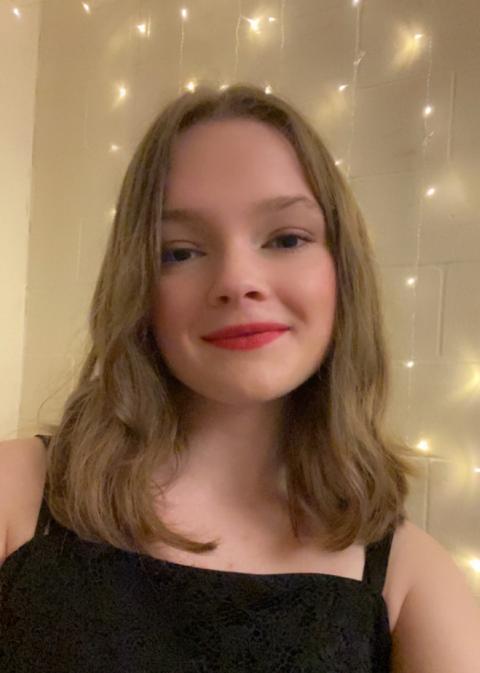
Becoming involved in research so early into your university experience can be intimidating, but I steadfastly believe that it is one of the best ways to gain a deeper understanding of subject matter that interests you, as well as grant you more confidence in your potential field. I applied for the Research Experience and Apprenticeship Program (REAP) through the Hamel Center for Undergraduate Research in the second semester of my freshman year at UNH. I am currently working in Dr. Sarah Walker’s lab in Rudman Hall alongside multiple graduate students in order to complete my proposed project. Through this program, I was able to spend my summer looking into a specific protein pathway within ovarian cancer cells in hopes of finding a new way to keep the cells from spreading as efficiently within patients.
So, what does cancer research actually look like?
That’s a question I never thought I’d be able to answer, but nonetheless, allow me to describe a typical week in the lab. Within my project, I am mainly focused on two proteins: HIF1𝛼 and STAT3. The two main questions I am looking to answer are: 1) whether or not HIF1𝛼 contributes to the spread of the cancerous cells and the clearing of the healthy ones, and 2) whether or not STAT3 (an established target of drugs in various treatments) is connected to the function of HIF1𝛼. We can try to answer these questions through experimentation.
In a typical week, I might enter the lab on a Monday morning and begin to work in the fume hood, setting up an experiment called a “clearance assay” to assist in answering the first question of my project. This set-up consists of about six steps and usually takes around two hours to complete, sometimes three. The next day, I transfer those cells to a 3D plate so they can form spheres (or 3D clusters), a process which can take up to another three hours. After this, the cells incubate for 48 hours, and then the cancerous spheres are placed on top of healthy cells commonly found in our abdomens. After 30 minutes, preliminary images are taken with a machine called an EVOS, and then more pictures are taken after 24 hours to determine how much of the healthy cells the spheres were able to clear (or move out of the way) in order to attach to invade healthy organs.
I know, that sounds like a lot, and it was at first! But, with the support that I have received from the graduate students in the Walker lab, it has become second-nature. In fact, I have learned another experiment called a “rescue” which has a similar set up and is used to answer the second question in my project, as well as how to perform qPCRs and Western Blots (tests designed to support the findings from the clearance assays and rescues). I have learned all of these things over the span of the last ten weeks, and I am growing more confident every time I complete each experiment. In fact, I am able to work completely independently on a majority of my project now!
What happens when things don’t go to plan?
Of course, things don’t always go as planned when doing research. We had some trouble with getting the LP9 cells (the healthy cells) to grow properly, and this put a pause on the clearance assays and the rescues for about a month. Although this can be frustrating, it’s good to know that things like this happen all the time when doing research, and all you can do is be patient and make the best of the time you have. During the pause is when I learned other lab processes, such as the qPCRs and Western Blots, as well as how to conduct cell viability tests. These are skills I can use in many projects yet to come, so although the malfunction with the cells was unfortunate, there are always more things to learn in the meantime. Even so, there are days where experiments have to incubate and therefore there is no work to be done in the lab (which occurs maybe one or two times a week). During these days, I stay home and do data analysis on the results we received from past experiments, skills I also learned this summer.
Although I don’t have all of my project results yet, I am very hopeful about them and excited to be able to continue my work in the Walker lab throughout my next three years at UNH. In the future, I hope to share my results with the public through posts much like this, presenting at the URC, and one day completing my honors thesis. Getting involved in research has been an amazing experience and I strongly encourage everyone, no matter what subject of study, to do the same!
